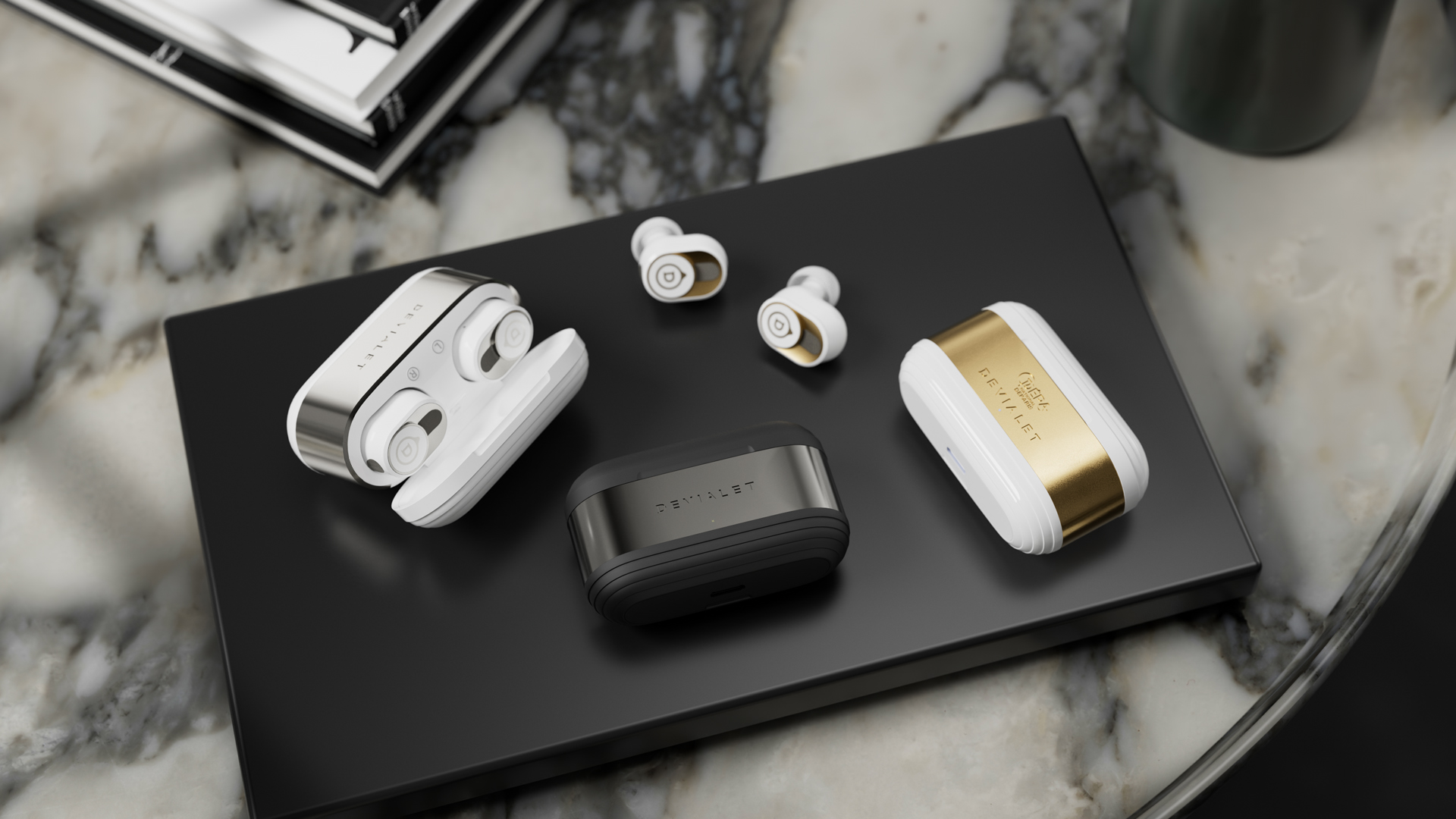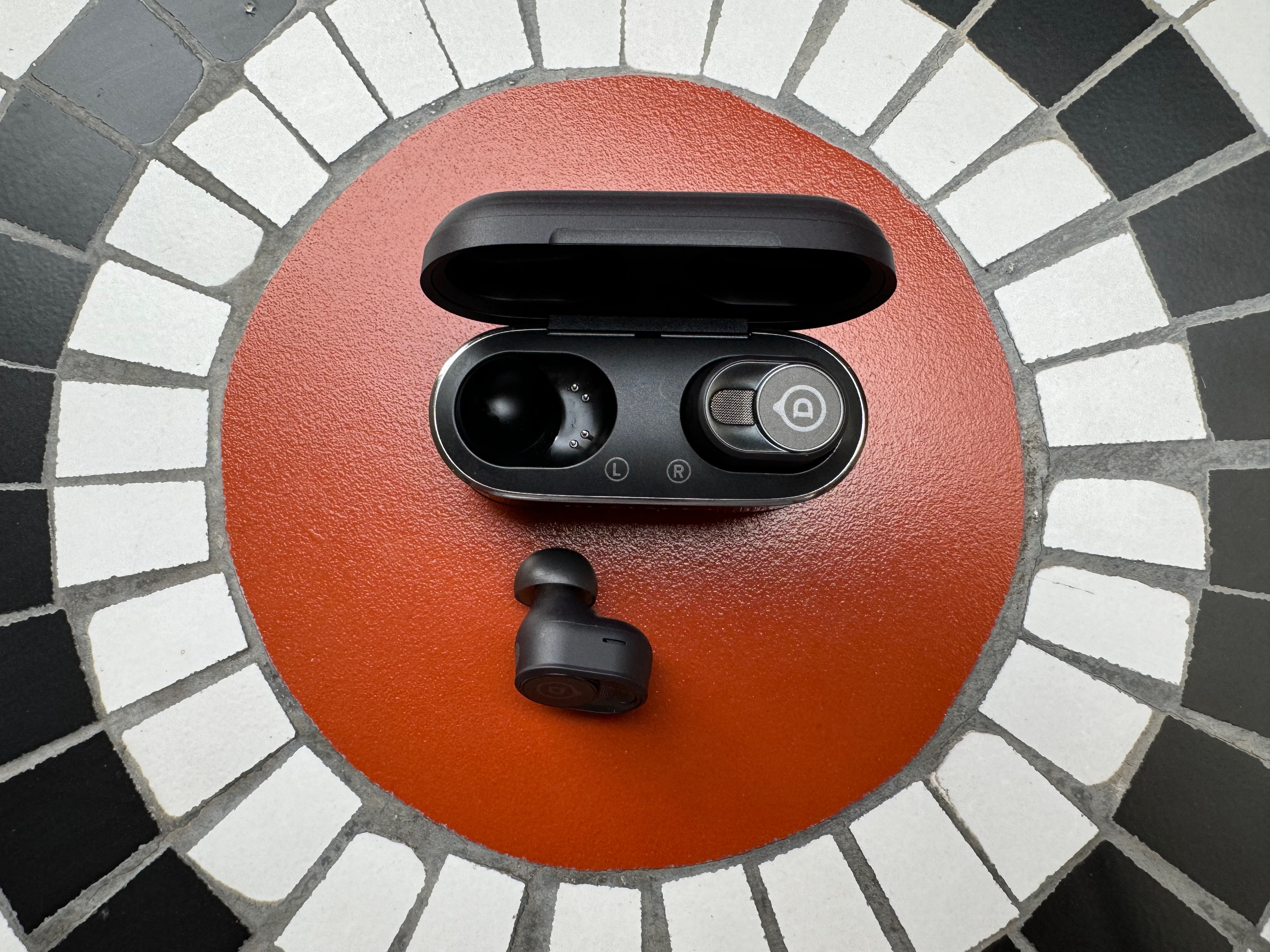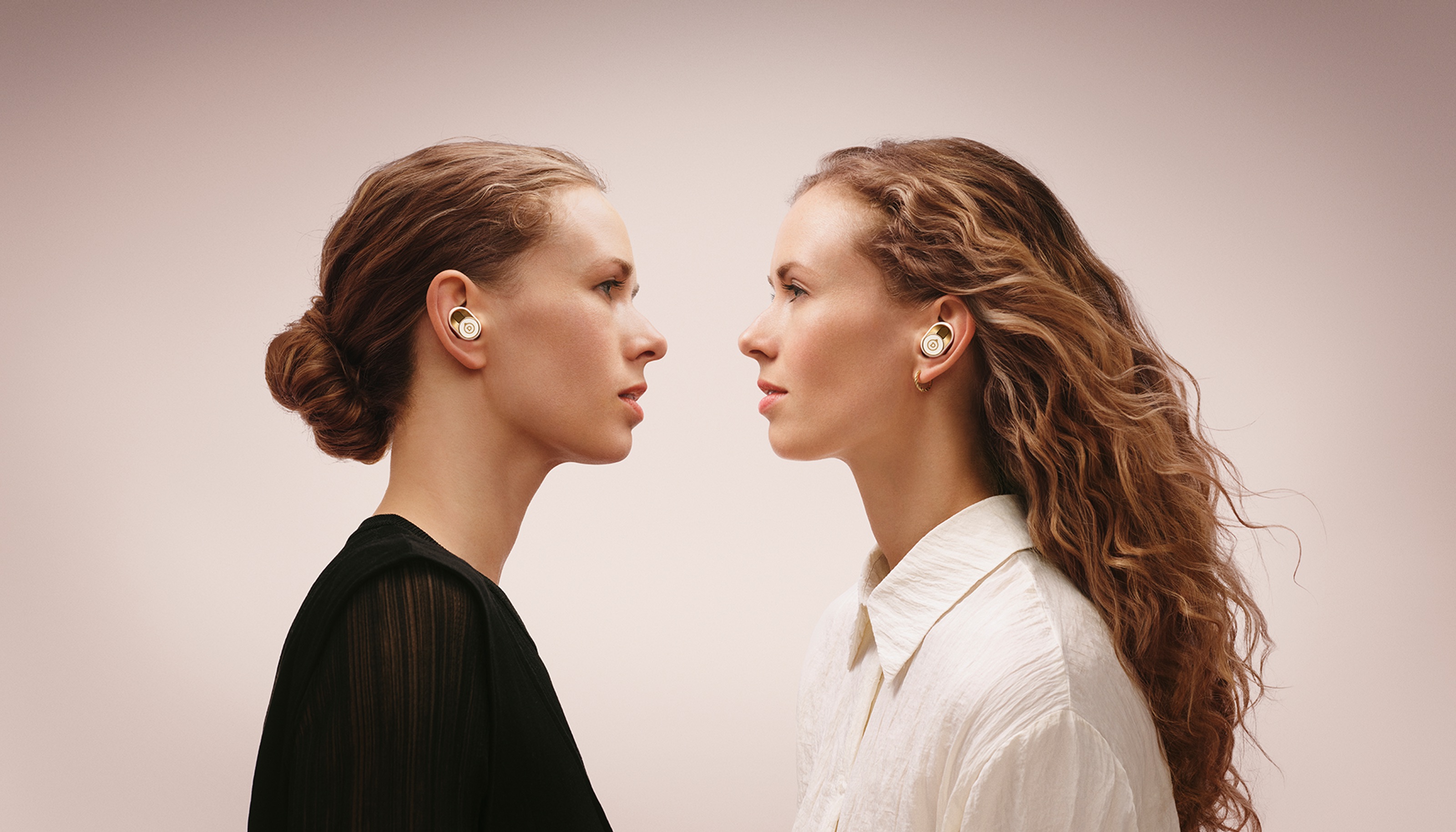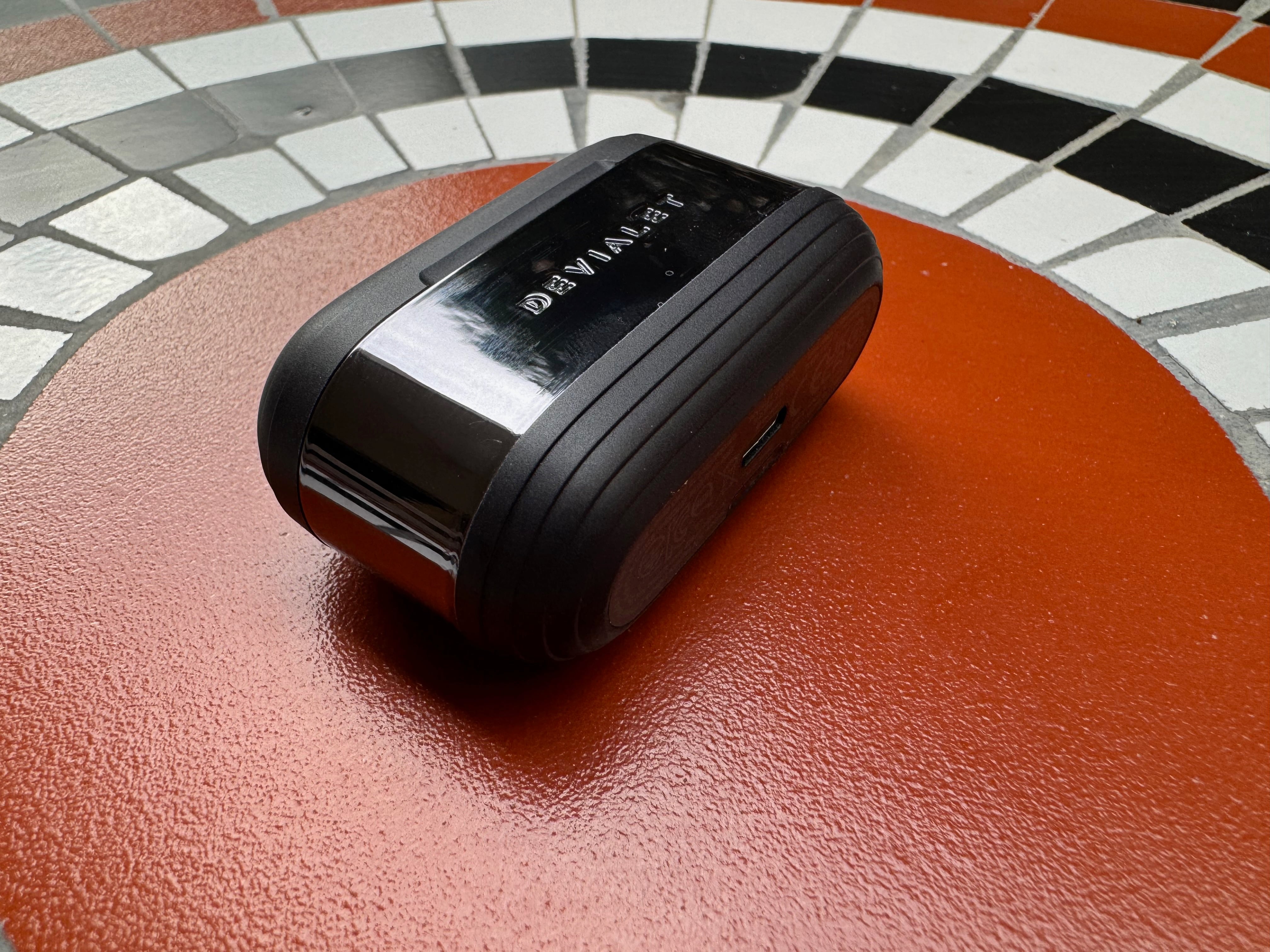
Devialet isn’t like any other tech company — its products are at the intersection of audio engineering and luxury. That’s why its new wireless earbuds with active noise cancellation don’t look like other earbuds.
This isn’t a mass market product. When I covered the product launch at the Paris Opera, the French company’s CEO Franck Lebouchard told me that it expects to sell “tens of thousands” of units per year.
Analysts estimate that Apple sells tens of millions of AirPods per year. Devialet hopes it can capture 0.x percent of market share by positioning itself as a high-end alternative to wireless earbuds from Apple, Samsung, Anker — and even Bose and Sony.
So what does a pair of high-end wireless earbuds look like?
I have been using the Devialet Gemini II for the past couple of weeks. Let’s be clear, this product is the most extravagant take on wireless earbuds — they cost $449 (€399, £349).
In short, yes, the Gemini II are both extremely good and extremely expensive.
This is the second generation of the company’s wireless earbuds. And the good news is that it’s a huge step forward compared to the original Gemini earbuds that were released in 2020.
Let’s start with the design. The pill-shaped earbuds are reminiscent of Devialet’s iconic egg-shaped Phantom speakers. On the side of the earbuds, you will find an unobtrusive D logo and an elegant plate with metallic coating above it.
Devialet knows you’re going to wear these earbuds. That’s why the company has three different colors — black, white or gold. The matte black version doesn’t stand out as much as the two other versions. It’s a good option for people looking for low-key earbuds.
The gold one is a more expensive version called the Opéra de Paris edition. They look just like the matte white ones, but with some 24-carat gold plating. There’s an Opéra de Paris logo on the case as well. This version costs $649 (€599, £549) — once again, this is a luxury play so pricing isn’t necessarily logical or rational.

Image Credits: Devialet
The Devialet Gemini II are in-ear earbuds with swappable silicone ear tips. They come with four ear tip sizes in the box — XS, S, M and L. After inserting the earbuds in your ears, you have to turn them slightly backward to “screw” them in place — it works a bit like Sony’s WF-1000XM5 earbuds.
It takes a few seconds to find a good seal and it gets easier after a few days. But, overall, the Gemini II have been quite comfortable to wear. Each earbud only weighs 6g and they have never fallen out of my ears. But ears come in all sizes and shapes so it’s hard to say whether they will work for everyone.
The carrying case is quite compact and works like a standard battery case for wireless earbuds, such as the cases of the Apple AirPods Pro, Bose QuietComfort earbuds and Sony WF-1000XM5. There’s a magnetic lid at the top of the case that you can open and close whenever you need to pick up or store your earbuds.
At the center of the pebble-shaped case, you will find a metallic coated central plate. It’s a single piece that surrounds the entire case. The two plastic parts above and below the central plate feature an elegant staircase design.
Devialet promises up to 22 hours of battery life with 5 hours of autonomy in the earbuds themselves. In my testing, battery life has never been an issue. You can charge the case with a USB-C cable or a Qi wireless charging pad.

Image Credits: Romain Dillet / TechCrunch
Fantastic sound quality
Wireless earbuds have become better with each generation. But I have never heard wireless earbuds that sound as good as Devialet’s Gemini II. They excel when it comes to sound quality and offer rich and detailed sound.
The most striking aspect of the Gemini II is its ability to offer an articulate rendering of messy tracks. They can handle several layers of bass lines, some high-pitched rattling and a singer at the center of the stage.
They perform extremely well at the low-end of the spectrum. It’s impressive that Devialet can get deep bass from small audio devices like those. In fact, they might sound a bit bassy with the default EQ settings but this can be fixed with the in-app six-band equalizer. At the same time, many tracks come to life with the Gemini II as they are extremely generous with vocals.
Devialet uses 10mm drivers with titanium coating. Like on the AirPods Pro, Devialet relies on inward-facing microphones to measure the sound inside your ear canals and adjust it to your ears.
The company uses Bluetooth 5.2 to connect to your devices with multipoint support. It means that you can connect your earbuds to both your smartphone and laptop at the same time. For instance, if you play music on your laptop and someone calls you, it stops the music on your laptop and you can pick up the phone using your earbuds. When it comes to audio codecs, the Gemini II support AptX, AAC and SBC.
Multipoint Bluetooth is such a nice feature when you have it. Sony’s earbuds have multipoint connection. Bose only offers this feature on its headphones. Apple relies on your Apple ID to make your AirPods hop from one device to another — but you’re limited to Apple devices.
As for active noise cancellation, the Gemini II are very good if you want to block out the background noises involved with mass transit. When you turn it on, chances are you won’t be able to hear the bus engine or the metro sounds.
In an office environment, the Gemini II aren’t as good as a pair of Bose headphones, such as the Bose QuietComfort 45. You will hear some muffled voices and keyboard sounds. But they perform pretty well compared to the Bose QuietComfort Earbuds II or the AirPods Pro.
You can use Devialet’s app to switch between two modes — cancellation or transparency. In transparency, you can hear your surrounding and you can follow conversations. It doesn’t feel like you don’t have anything in your ears, but it’s pretty good for a quick interaction in the office.
The logo on the side of each earbud is a touch surface that you can use for basic interactions without having to open the app. By default, you can put your finger on an earbud for a couple of seconds to switch between transparency and cancellation modes. You can also use this surface to pause music, switch to another track and adjust the volume.

Image Credits: Devialet
The Gemini II feature two microphones on each earbud. There’s an outward-facing microphone behind the grill on the side of the earbud, and a downward-facing microphone for your voice.
The company has improved wind detection with a proprietary algorithm to reduce wind noise. Similarly, Devialet uses a bone conduction sensor to understand when you’re talking and improve your voice quality during calls.
The result is… OK. Let’s be honest, it doesn’t really make sense to expect a great sound quality over Bluetooth with a microphone so far from your mouth. I think Apple has made some real progress on this front, but if you want to use earbuds in multiple video calls per day, you should think about buying a pair of headphones with a boom microphone.
And yet, listening to music with these tiny earbuds is a magical experience. After a while, you tend to forget that you have earbuds in your ears. And you just feel the music going through your head.
When Apple released the original AirPods, the company created a whole new category of wearable devices. It was unclear how much people were willing to pay for those tiny things. Over time, other brands and Apple itself have pushed the limits of wireless earbuds when it comes to features and price.
Of course, $450 for a pair of earbuds is ludicrous. But Devialet’s Gemini II earbuds sound great, look great and are a great fashion accessory.
Unlike the original Gemini earbuds, which were flawed in several ways, it’s much easier to recommend Devialet’s new earbuds. The Gemini II have reached feature parity with other wireless earbuds. The sound quality is just better.

Image Credits: Romain Dillet / TechCrunch